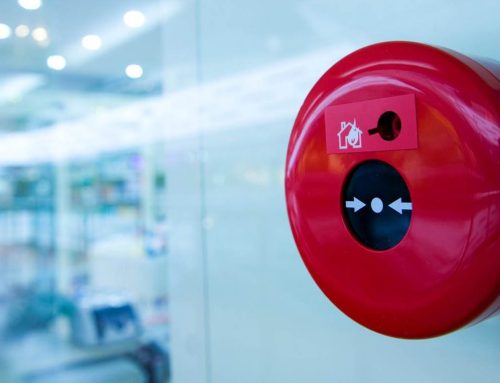HMOs are different from buy-to-let properties regarding fire safety. The reason they are more complicated than the other types of properties is that there are more risks involved when different people live in the same house.
In this article, we will try to cover everything you need to know about fire safety in houses of multiple occupations.
Domestic fires could affect any home, any time. According to statistics published by the government emergency services responded to 37,740 domestic fire incidents in the country between 2017 and 2018. Those home fires caused 398 fatalities.
The main purpose of fire regulations in HMOs is to protect your tenants and give them the best and fastest chance of an escape in the case of a fire.
The Regulatory Reform (Fire Safety) Order 2005 clearly states that HMO landlords are required to take reasonable precautions to ensure the safety of the premises and people living within.
A Fire Risk Assessment identifies possible fire hazards and helps landlords put in place precautions and general measures to ensure the safety of every tenant living within the premises.
You can carry out a fire risk assessment for your HMO. You use logbooks to document a record of all maintenance activities carried out on your premises.
How to carry out a fire risk assessment for your HMO
Step 1: Identify Fire Hazards
Fire prevention is the key, so you have to identify fire hazardous areas and conditions in your HMO.
These can be categorised as sources of ignition, sources of fuel, and sources of oxygen. This is simply called a fire triangle.
Sources of ignition:
- Cooking equipment
- Faulty electrical appliances
- Gas or oil-fired heaters
- Lighting equipment
- Boilers
Sources of fuel:
- Wooden furniture
- Textiles
- Laundry
- Flammable Waste
- Flammable liquid or gases
- Smokers’ Materials
Sources of oxygen:
There are sources of oxygen like supplies from cylinder storage but considering the air we breathe also contains oxygen the only thing we can do is fire separation. In case of a fire incident, you need to prevent fire from spreading to other units and this can be achieved by controlling the flow of air from one room to another.
Step 2: Identify People At Risk
Another important step of fire risk assessment is identifying people who may be at risk in case of a fire incident.
- People asleep
- Employees at work
- Unaccompanied children
- Disabled people
- People who may be under the influence of alcohol or drugs
Step 3: Check Remove Reduce Protect
Check the risk of a fire occurring, the risk to people and remove and reduce the risk to protect everyone.
These can be achieved with fire detection systems, emergency lighting, clear escape routes and proper signage.
Step 4: Record, plan, inform, instruct and train
Use your logbook document and record all the significant fire hazards and the action to reduce the risk.
Have an emergency plan, inform your tenants about the emergency plan, instruct and train them to cooperate.
Step 5: Review
Always review the steps above in time.
For more information about fire safety assessments download The Government’s Sleeping Accommodation Guide.
How To Make Your HMO Compliant with Fire Safety Regulations
After carrying out the fire risk assessment you have to act on it. Here are some of fire safety standards you need for a compliant HMO.
- Fire Doors
- Escape Windows
- Escape Routes
- Fire Safety Signage
- Emergency Lighting
- Fire Alarm System
- Automatic Fire Detection System
- Fire Extinguishers
- Residential Compartmentation
- Fire Blankets
Commissioning Certificates
Failing to comply with HMO Fire Regulations is a punishable offence that may lead to jail time. Regulations are simply there for your and your tenants’ safety. Make sure you follow the legislation.
EFE Fire & Electrical Ltd. can help you with all your fire safety needs and keep you compliant with the regulations.






